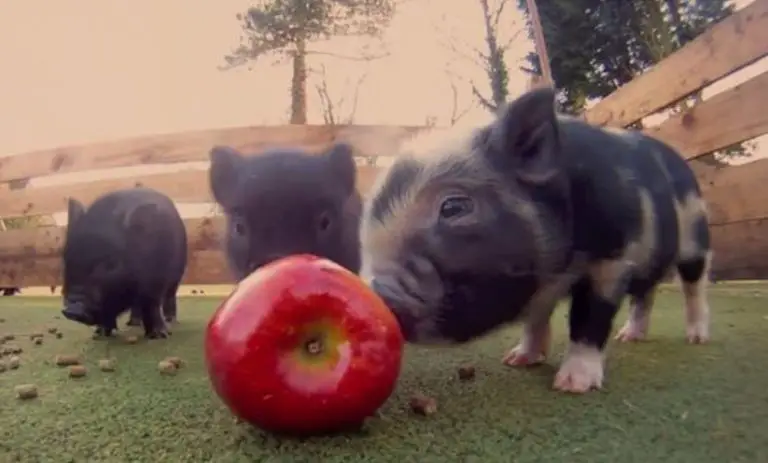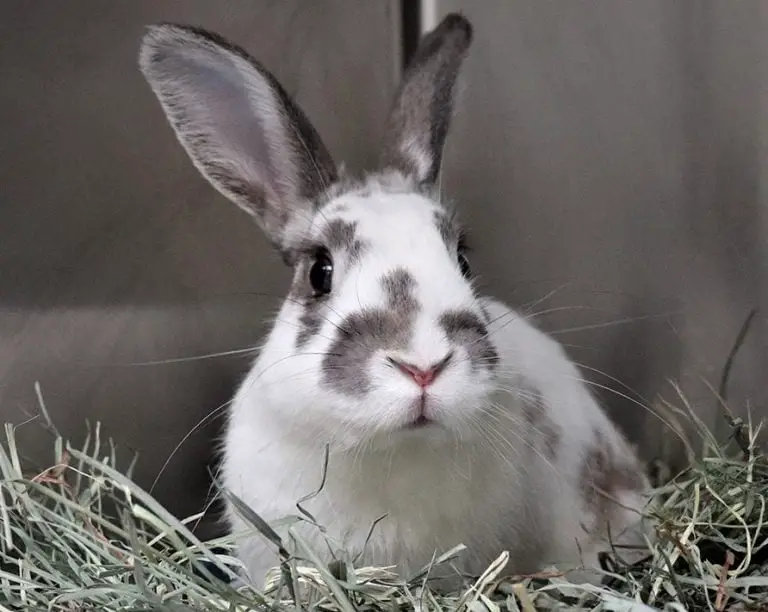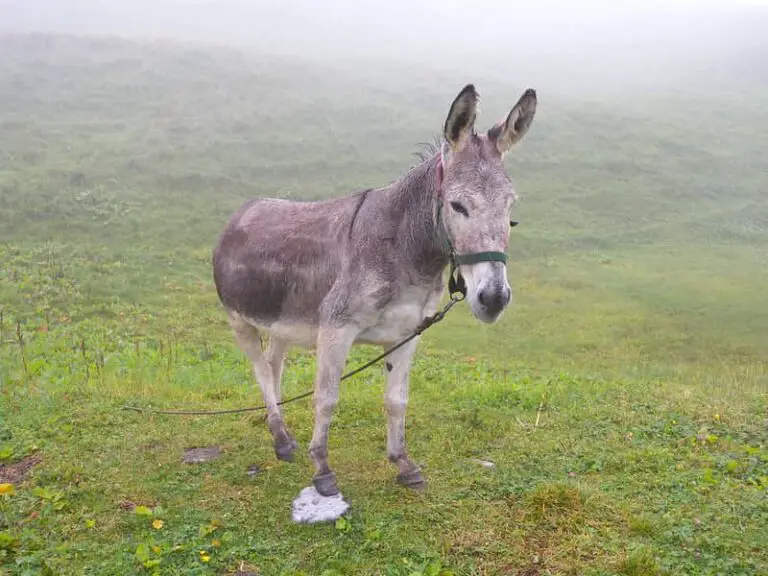Can Pigs Drink Cow Milk? (Major Considerations)

Pigs drink milk when they are raised, so theoretically, that a pig can drink cow’s milk should not be a problem, however, there are several factors to analyze regarding this issue.
Why should a pig drink milk from a cow? Cow’s milk is much more commercial and accessible than pig’s milk, in fact, very little is known about pig’s milk and it is precise because of its scarcity.
This scarcity is due to the fact that pigs cannot store large quantities of milk, unlike cows, and there are some differences between the components of both milks.
For example, pig milk contains almost no casein, a protein that is abundant in cow milk.
Sow’s milk is “tailor-made” for piglet development from a nutritional and physiological point of view.
Pigs can drink cow’s milk, but although this may seem very productive, it is not entirely advisable. Cow’s milk contains a lot of fat and the pig gains weight easily, and there have been many cases of piglets with diarrhea due to drinking cow’s milk.
In the case of newborn piglets, it is best to milk the sows and freeze this milk in bags to be used later in the piglets’ feed (diluted in a water bath), especially when it is colostrum.
Due to the differences that exist between the quantity of proteins and components, cow’s milk could produce diarrhea problems in the piglets if it is fed in high quantities and its nutrient contents are not the same as those of sow’s milk.
Many farmers make cheese from cow’s milk, and feed the whey to the pigs, which is rich in protein and does not contain as much fat.
It has usually been considered that, for young animals, casein was more digestible than serum proteins (albumins+globulins) in milk. While this is true for preruminant calves (clot formation in the stomach), it is not so evident in piglet diets.
Differences in the properties of bovine and porcine milk proteins and in the levels of soluble and colloidal salts in sow and cow milk may account for many of the differences in their physicochemical properties.
In large-scale farms it is not recommended to give cow’s milk to pigs, it is not appropriate as well as prohibited in terms of biosecurity management standards.
Generally, pigs can drink milk regardless of biosecurity, because the ingredients of pig milk cartons are similar, but the nutrients are not exactly the same.
There is also a risk that the piglet may develop diarrhea from being fed any other type of milk, I know of some cases where people reduce cow’s milk with water to feed it to piglets.
Many farmers and pig keepers have also been successful in supplying piglets with goat’s milk.
Powdered milk for pigs
Traditionally milk powder has been used as a source of lactose in piglet diets, but ideally, it should be compared with whey as it could be an expensive feed.
In adult animals, it is not recommended to use this type of feed, as adult mammals lack the renin and lactase to digest milk and this could cause problems.
Powdered skim milk for piglets
The main use of skim milk is as a source of protein in monogastric animal diets, and post-weaning piglet diets can typically contain 10-25% skim milk powder.
The improved yields of early-weaned piglets fed dairy products are apparently due to a greater ability of the piglets to utilize the carbohydrate and protein fractions of milk more effectively compared to these same nutrients from vegetable ingredients.
However, there are two problems with skim milk: first, skim milk is an expensive source of protein compared to vegetable proteins such as soy, and second, the casein fraction of skim milk has been observed to reduce growth.
How to feed milk powder to piglets.
The formula for milk replacement feed depends on a variety of different aspects. Piglets are still being partially fed on mother’s milk, therefore the prepared mixtures should be thicker.
The quantity of blend must merely compensate for the maternal colostrum shortage, so the supplemental feeding rate is reduced depending on the sow’s capacity.
For weaners, the blend needs to be thicker. Due to the scarcity of maternal colostrum, feeding should be spread more frequently.
Piglets are fed on the mixture for two months until they have fully adapted to adult feeding.
During the first 4 days of life, the standard is 300 mg of the dry mixture, diluted at a ratio of 1:7, 6 times a day. From 5 to 10 days, the amount of dry mixture increases to 700 g.
Dry milk for piglets is diluted in 1: 8 and administered 5 times a day.
Fundamental differences between cow’s and pig’s milk
Sow’s milk has a higher protein concentration than cow’s milk (5.6 vs. 3.3%, respectively) and is three times richer in plasma proteins than cow’s milk.
The proportion of casein in the nitrogenous fraction of sow’s milk is lower (54%) than that observed in cow’s milk (80%), the casein micelles are smaller in size (mean F: 133 vs 182 nm, for porcine and bovine micelles, respectively) and have higher colloidal calcium: casein ratio than those of cow’s milk.
In addition, sow’s milk is much more thermolabile (it is destroyed at a higher or lower temperature) and has a shorter coagulation time in the stomach than cow’s milk.
This could explain why some studies obtain the same growth rates in piglets fed diets based on lactoalbumin (partially delcatabased whey) as those based on casein+lactose (caseinate+permeate or skim milk).
Milk products in piglet diets
Milk protein has essential components that provide nutritional and immunological protection and biologically active components that act to benefit piglet development.
Traditionally, milk proteins are obtained as by-products from the manufacture of cream (skim milk) or cheese (whey).
Historically, skim milk has been the predominant source of milk protein. Protein from skim milk contains approximately 80% casein and 20% whey proteins (lactalbumins and albumins).
However, as the demand for a greater diversity of products from the human food industry increases, along with improvements in production technologies and the development of our knowledge about the benefits of various non-nutritional components of dairy products, new specialty products are becoming available to nutritionists.







